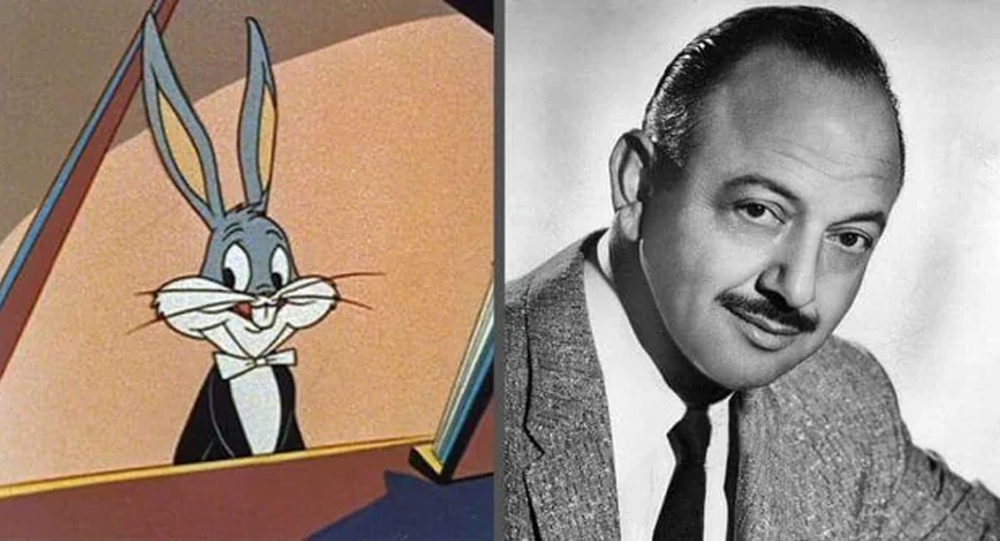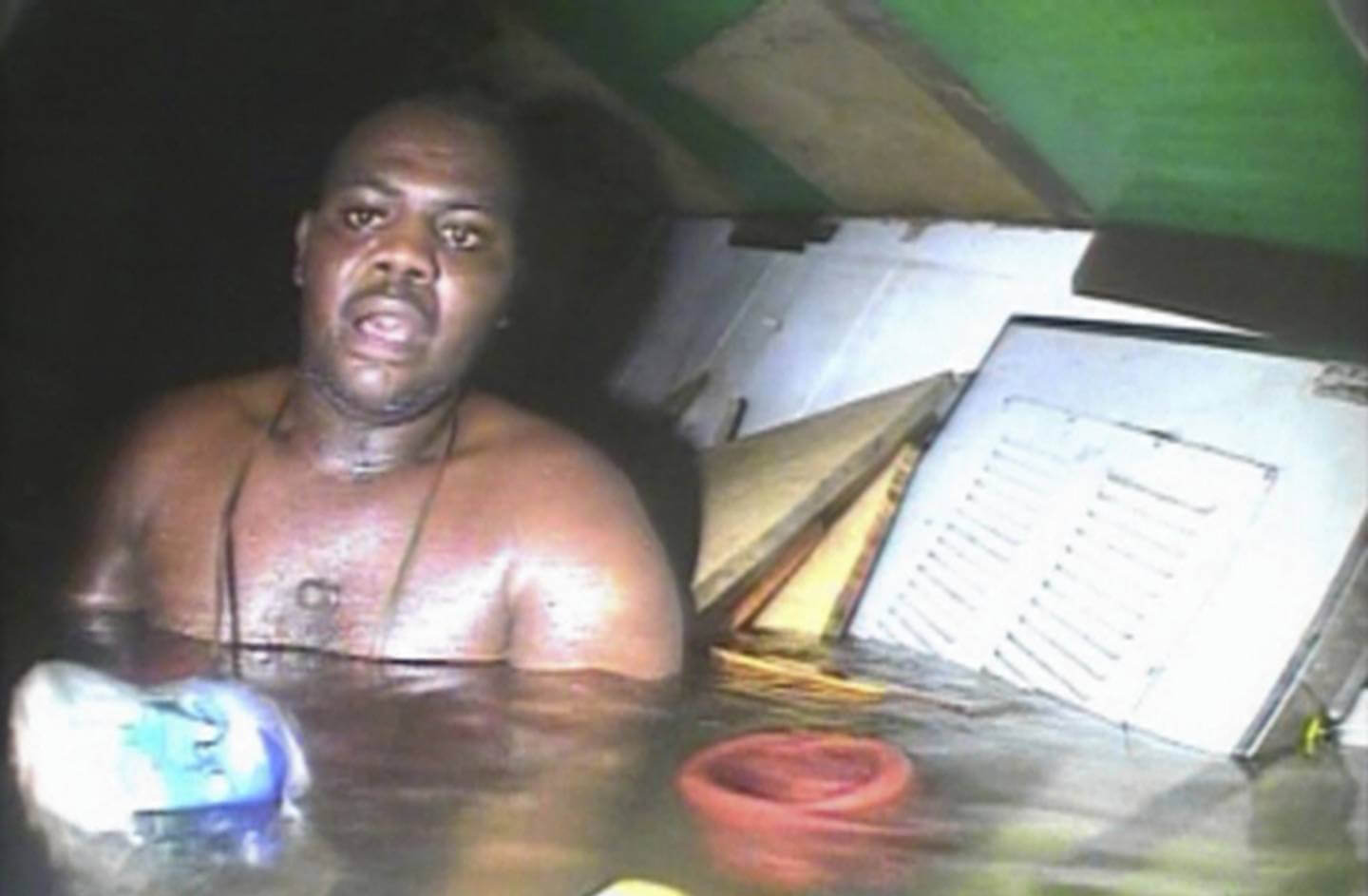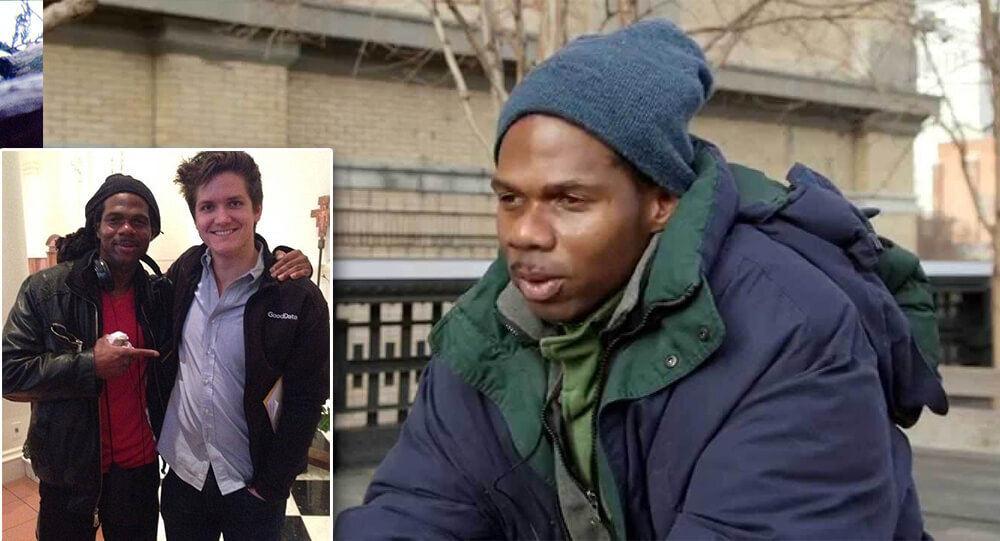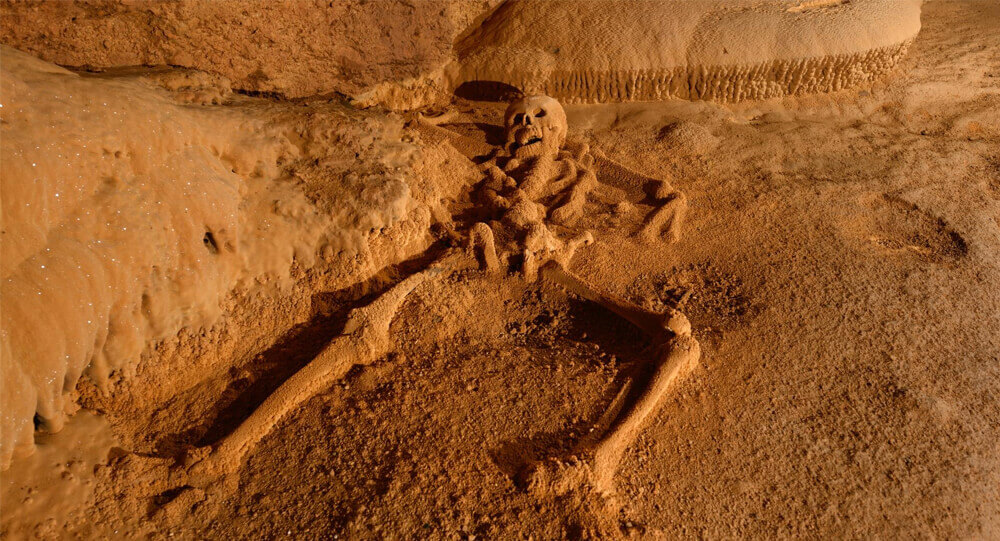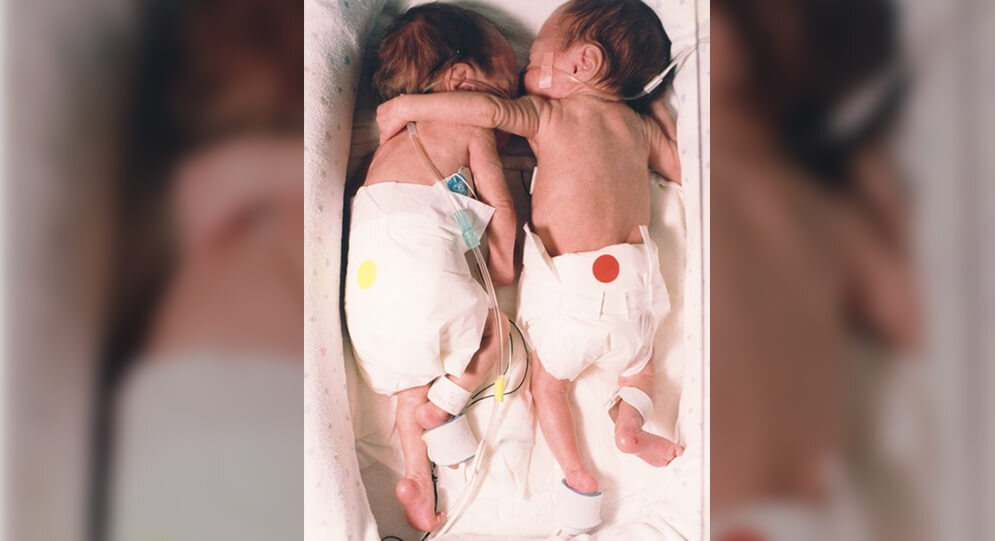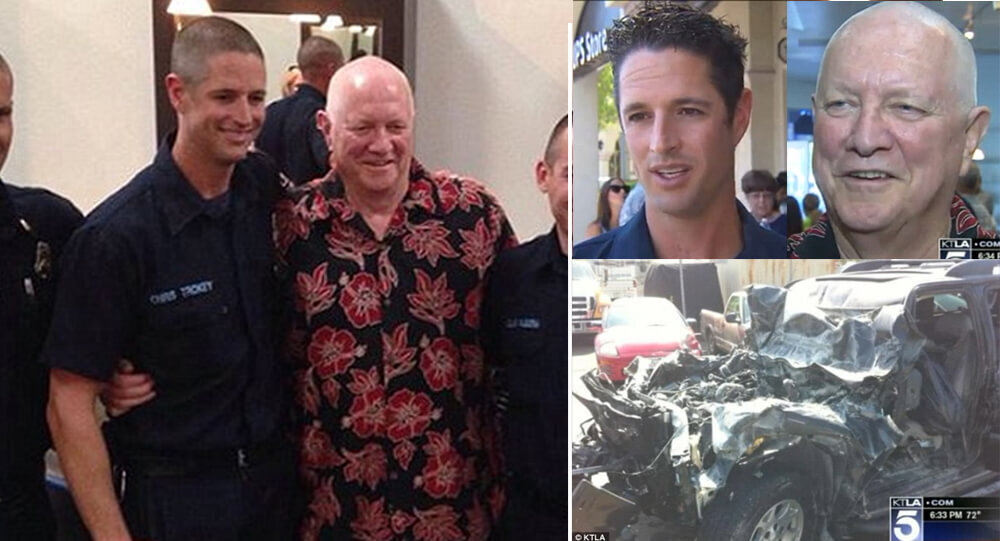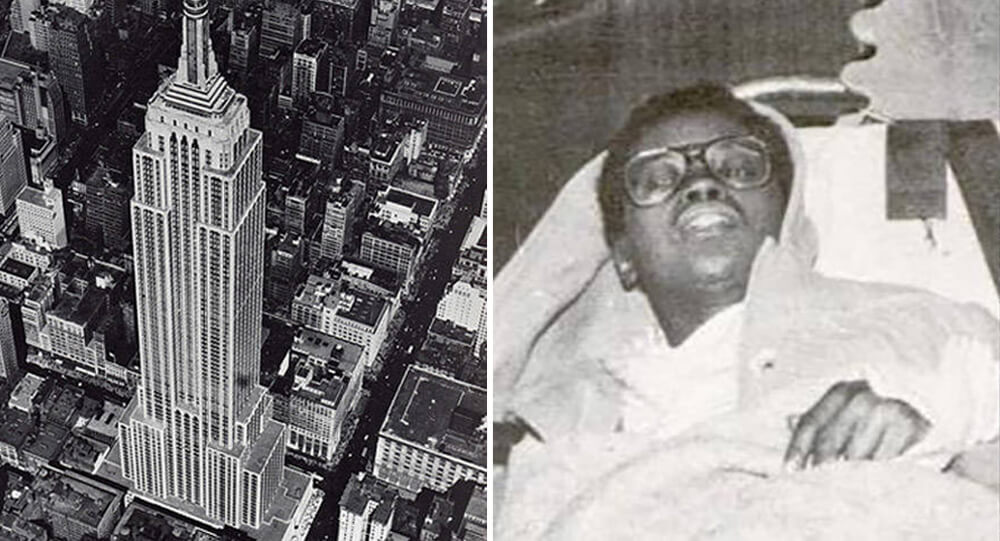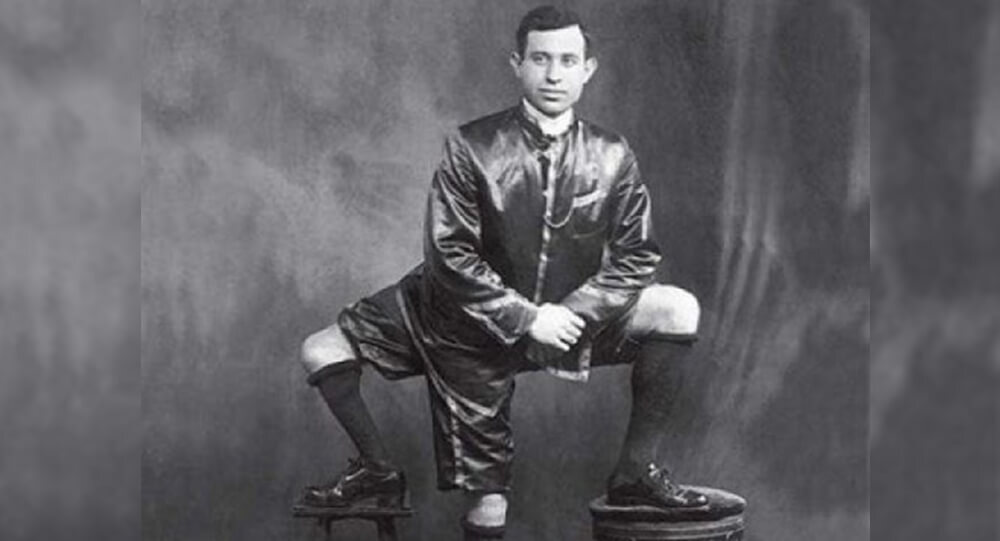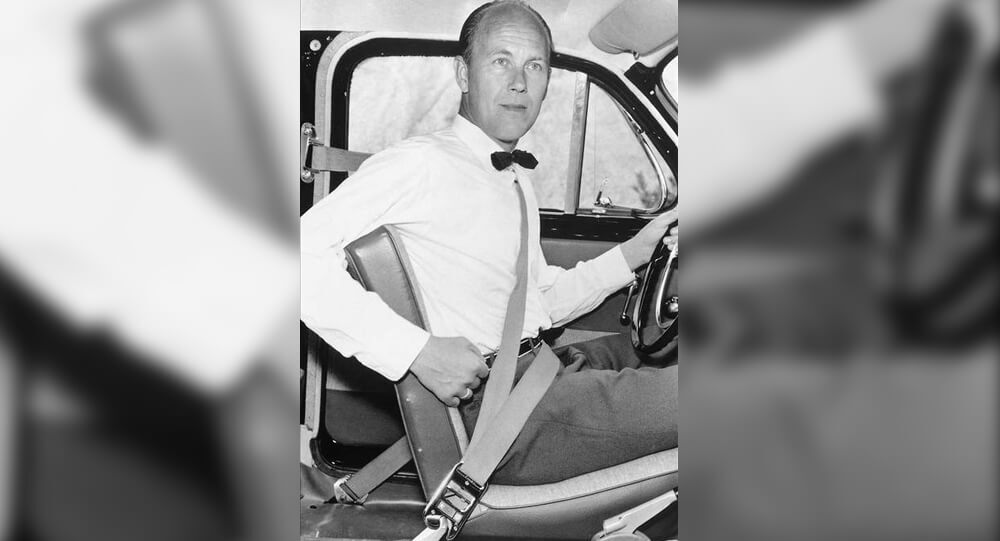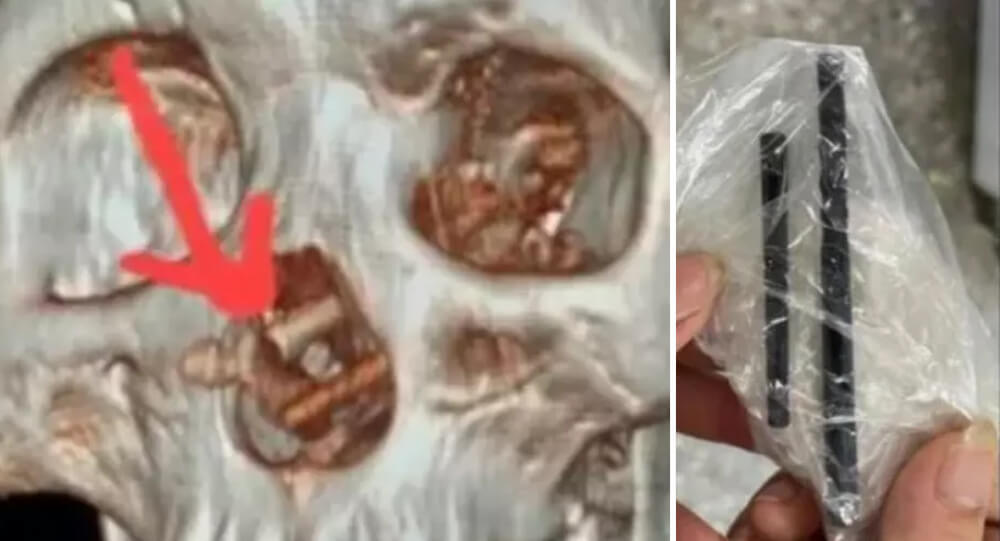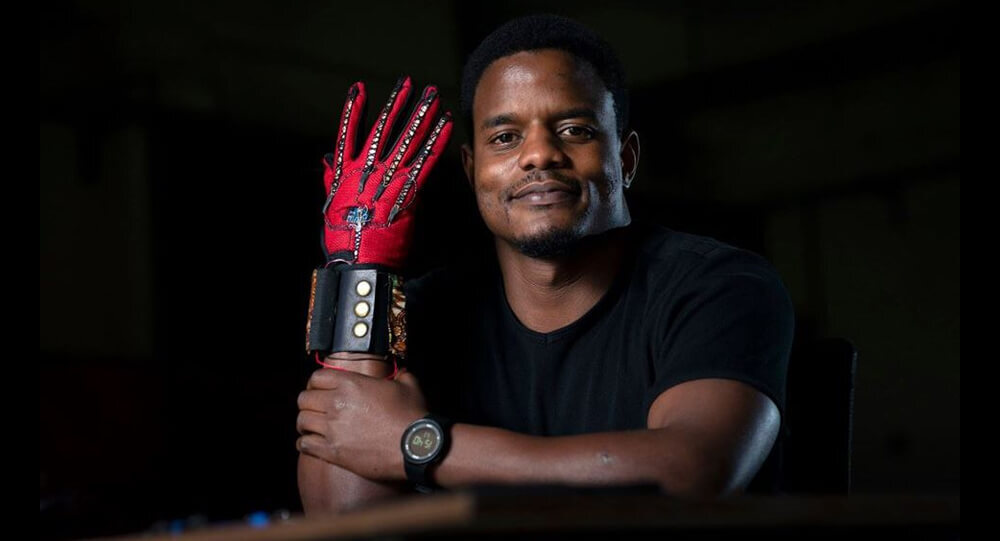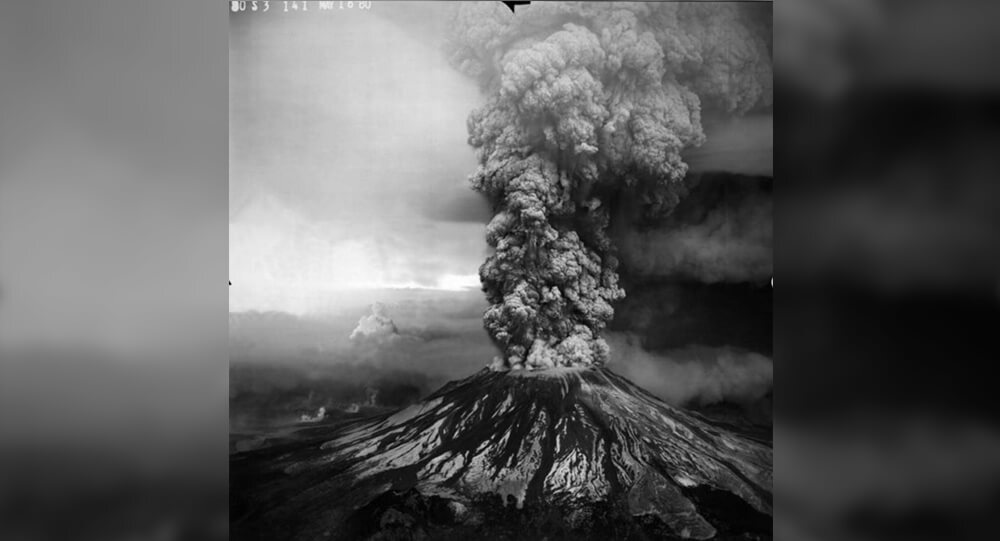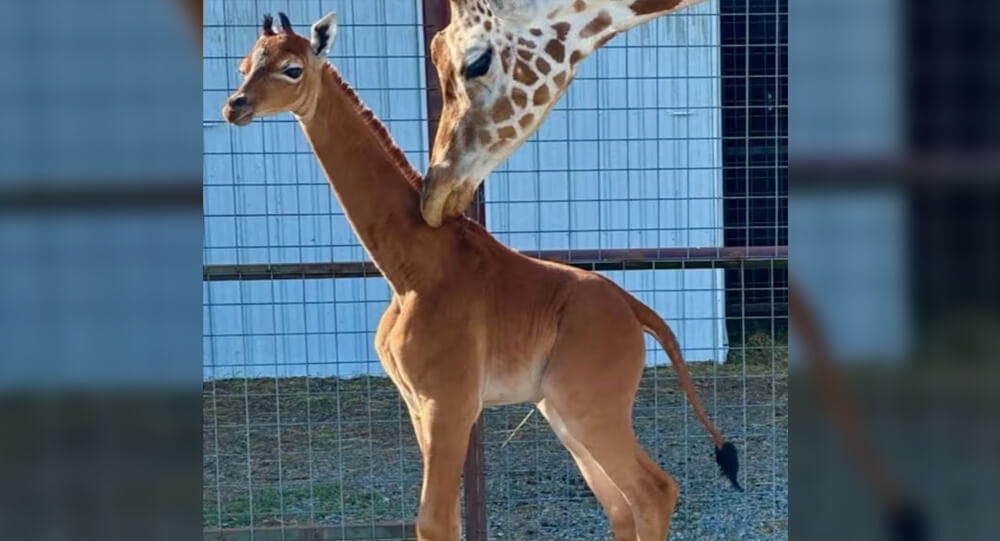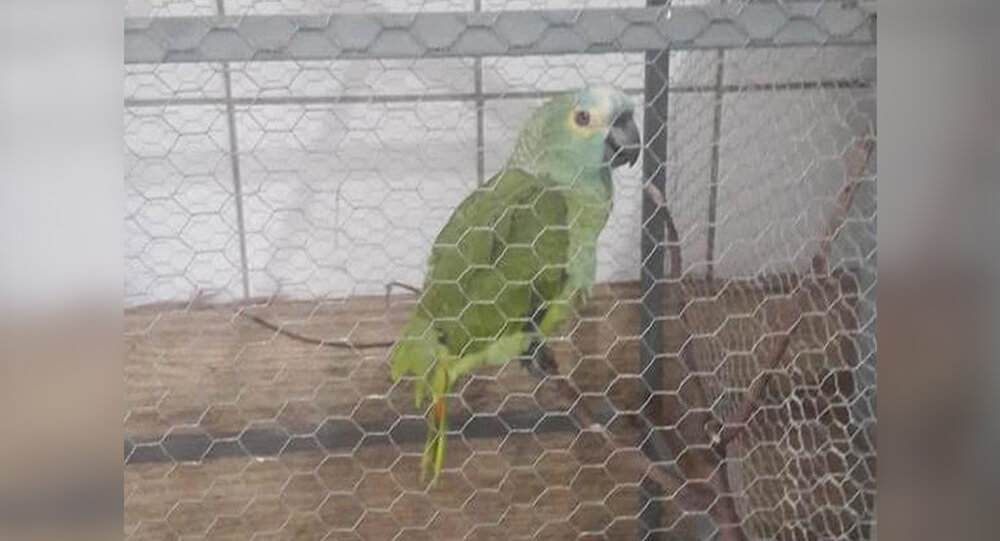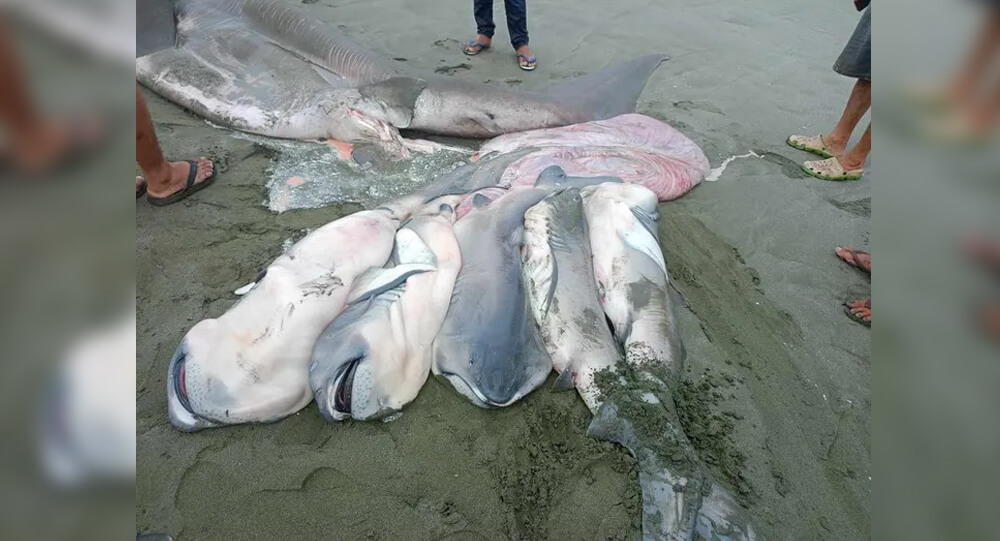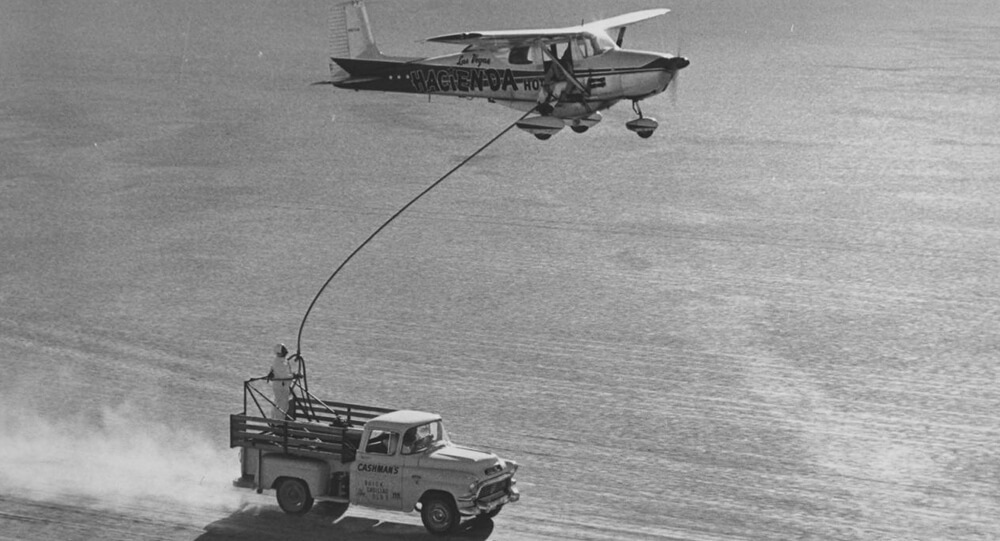

The world’s longest flight spent more than two months in the air
Just four hours short of breaking the record for the longest continuous flight, the unmanned aircraft, operated by the US Army and built by Airbus, flew for 64 days, 18 hours, and 26 minutes before unexpectedly coming down in Arizona.
Robert Timm and John Cook broke that record in 1959, when they spent 64 days, 22 hours, and 19 minutes flying over Las Vegas in a four-seater aircraft.
It’s amazing that the Zephyr, a modern light aircraft flying autonomously, not only was unable to beat that record, but even if it had, Timm and Cook would still have held the world record for crewed flight endurance.
Timm and Cook’s ability to stay in the air for so long in a time that was closer to the Wright brothers’ first flight than today is nothing short of amazing.
The fuel problem
At the southern end of the Las Vegas Strip, the Hacienda hotel and casino opened its doors in 1956.
It was one of the first family-friendly resorts in Las Vegas, and in an effort to gain publicity, the hotel’s owner decided to follow the advice of one of his staff members: fly a plane with the hotel’s name on the side and attempt to break the record for flight endurance, which was set in 1949 and stood at almost 47 days in the air.
The employer, Robert Timm, a former World War II fighter pilot who is now a slot machine repairman, was paid $100,000 to organize the event, which was later connected to a fundraising effort for cancer research.
Timm spent months altering the Cessna 172 he had selected as his ride: “It was a relatively new design,” explains Janet Bednarek, an aviation historian and professor at the University of Dayton. It’s a large four-seater aircraft that has a reputation for dependability and being quite simple to fly, so you don’t have to focus on it constantly. And if you’re flying for a long time, you want a plane that would just kind of hum along.
A mattress for sleeping, a tiny steel sink for personal hygiene, the removal of the majority of the interior fixtures to reduce weight, and a crude autopilot were among the improvements.
But creating a means of refueling was crucial, according to Bednarek. Although there had been many aerial refueling tests up to this point, it was impossible to adapt a Cessna 172 such that it could be refueled in flight. So they placed a second tank on the ground that could be filled by a truck. When they needed to refuel, they would land and fly extremely slowly, barely above stall speed, until the truck arrived and pulled a hose up before using a pump to pump fuel into the aircraft. Because they occasionally had to fly at night and that needed some precise flying, it was really a stunning display of airmanship.
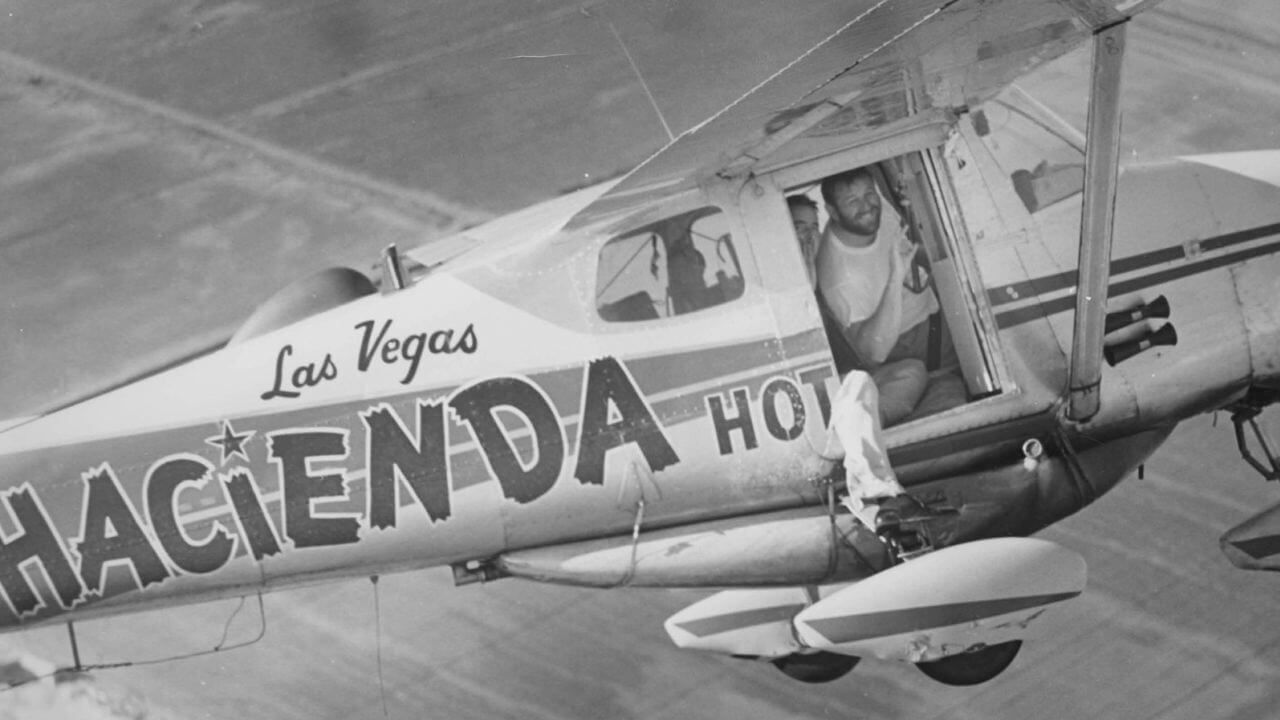
Fourth time’s a charm
Mechanical issues put a premature halt to Timm’s first three efforts at the record, the longest of which left him and his co-pilot in the air for roughly 17 days. However, another team, also using a Cessna 172, beat the record itself in September 1958; it was now longer than 50 days.
Timm chose John Cook, a fellow technician, as his new co-pilot for his fourth try after having trouble getting along with his first.
On December 4, 1958, they took off from McCarran Airport in Las Vegas. Similar to previous attempts, the first step was to fly low over a moving vehicle in order to paint one of the landing wheels and rule out cheating: “There wouldn’t have been any way to track their altitude and airspeed at all times,” says Bednarek, “So they painted a white stripe on at least one of the tires.” If they had ever landed, that would have been scratched, and before touching down they would check to make sure no paint had been removed.
The first part of the flight proceeded without a hitch, and the two of them spent Christmas Day in the air. Every time they refueled, they would also pick up supplies and food in the form of meals from the Hacienda’s restaurants that had been mashed up to fit into Thermos flasks so that it would be easier to send them up to the plane. This happened along a stretch of relatively straight road along the California-Arizona border.
A foldable camp toilet was used for bathroom breaks, and the used plastic bags were afterwards dumped over the desert. More space was available for shaving and bathing on the side of the co-pilot thanks to an extended platform (a quart of bath water would be sent up every other day).
The two would alternate sleeping, although a sound night’s sleep was impossible due to the constant engine noise and aerodynamic vibrations. Due to lack of sleep, Timm fell asleep at the controls on day 36, causing the plane to fly by itself for over an hour at a height of only 4,000 feet. Although just a few days later it would quit functioning entirely, the autopilot had saved their lives.
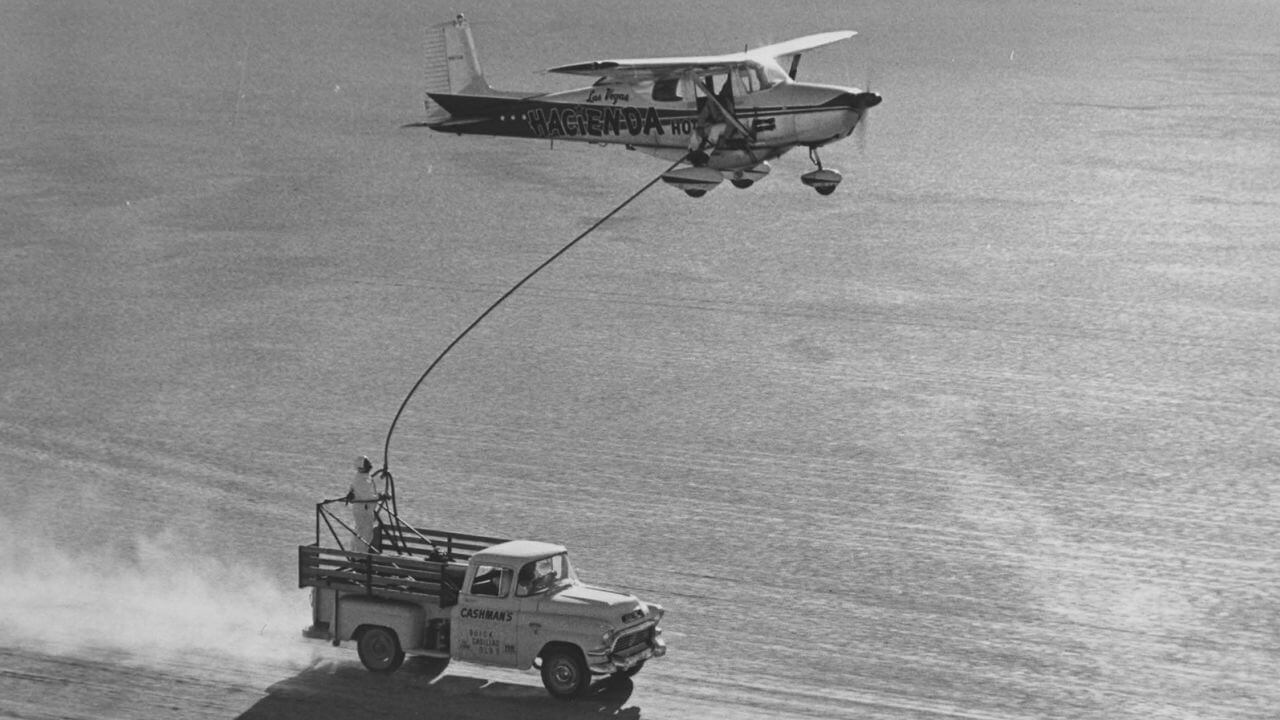
The end, at last
The electrical pump that delivered the fuel to the plane’s tanks failed on day 39, forcing them to begin finishing the process manually. The cabin heater, the fuel gauge, and the landing lights were among the technical failures on the list when they ultimately broke the record on January 23, 1959: “The important thing was that the engine continued going, which is really sort of astonishing. Flying takes a lot of time. Even if you maintain it fueled and greased, friction and heat will eventually lead to issues, according to Bednarek.
However, the two continued to fly for as long as they could to ensure that their new record would never be surpassed. They continued for an additional 15 days before, on February 7, 1959, ultimately landing at McCarran after more than two months and 150,000 miles of nonstop travel.
Bednarek continues, “They had decided that they had passed the point where nobody else was going to do this—and nobody has.
“I believe they came down because they decided it wouldn’t have helped them to crash when they reached the end of the rope. They weren’t in the best of health; even though they moved around in the airplane, they couldn’t stand up or stretch, much alone exercise or go for a stroll. We know that such a long period of inactivity may be detrimental to the body.
“Sitting for 64 days would be like that; it is bad for the human body. They needed to be removed from the airplane by hand.
Will a human crew ever surpass this record? Bednarek thinks it would only be possible if an aircraft was testing a novel sort of propulsion or energy source to demonstrate its viability.
When asked if he would ever attempt it again, co-pilot John Cook replied, “Next time I feel in the mood to fly endurance, I’m going to lock myself in a garbage can with the vacuum cleaner running, and have Bob [Timm] serve me T-bone steaks chopped up in a Thermos bottle. Until my psychiatrist starts seeing patients in the morning, that is.

How Being Bugs Bunny Helped This Voice Actor Out of Coma
Mel Blanc; the voice of Bugs Bunny, had been in a serious car accident that put him in a coma. After many unsuccessful attempts to get him to talk, a doctor asked “Bugs, can you hear me” Mel responded in the voice of bugs bunny, “Whats up, Doc? The doctors used this to lead him out of his coma.

A story of a man Survived Inside Sunken Ship For Three Days
A man survived a sunken ship for nearly three days, 279 feet underwater and in complete darkness, while listening to fish eat the bodies of his shipmates.

Leo Grand: from homeless to mobile app developer
In 2013, A young programmer offered a homeless man the choice between $100 cash or coding lessons. Leo Grand chose the lessons, and his first mobile app was “Trees for Cars," which helps drivers find carpooling partners.

The Crystal Maiden of the Actun Tunichil Muknal Cave
Located in Belize, there is a cave where the remnants of ancient Maya human sacrifices can be witnessed. However, reaching the back of the cave system requires swimming, wading through a cave river, and crawling through narrow, uneven rocky passages in darkness. Once there, visitors can walk among the numerous corpses of sacrifice victims, including The Crystal Maiden, an 18-year-old whose skeleton has become calcified to the point of sparkling.

Longest burning light bulb, The centennial light bulb in livermore, California
The world's longest lasting light bulb holds the Guinness World Record, and has been illuminating local fire stations in Livermore, California since 1901, the year Queen Victoria died.

The rescuing hug - the touching story of twins Brielle and Kyrie Jackson
Brielle and Kyrie Jackson’s lifesaving hug was captured when Brielle was struggling to breathe and going blue. As a final option, the nurse deviated from protocol and placed them in the same incubator. Kyrie wrapped her arm around her sister, who immediately began to stabilize

Paramedic Rescues Doctor Who Saved Him 30 Years Earlier
In 1981, a doctor helped save the life of a 3.2 pounds premature baby boy. Thirty years later, the boy, who had grown up to be a firefighter-paramedic, helped in saving the same doctor from a car accident.

The fearless Annie Lee Cooper
Annie Lee Cooper was fired in 1963 after attempting to register to vote. She attempted it once more in 1965, but the sheriff ordered her to leave after prodding her in the neck with a club. She then punched him, causing him to fall to the ground. She was imprisoned before ultimately registering to vote. Following the passage of the Voting Rights Act, the sheriff was ousted and subsequently imprisoned for collaborating to transport drugs, but Annie Lee Cooper lived to reach 100 years old and bears her name to this day.

Elvita Adams jumps from the Empire State Building and amazingly survived
Elvita Adams once tried to commit suicide by jumping off the empire state building. She Jumped from the 86th floor but was blown back to 85th floor by a strong gust of wind.

Troy Leon Gregg: the death row inmate murdered the same night he escaped
In July 1980, Troy Leon Gregg escaped from Georgia State Prison the night before his execution. However, he was killed in a fight in a bar just a few hours later.

Frank Lentini, The Three-Legged Sideshow Performer
Francesco Lentini was a man with three legs, four feet, sixteen toes, and two sets of functional male genitals. He worked for the circus and lived to be 78 years old.

Who invented the three-point seat belt?
While employed by Volvo in 1959, Swidish engineer Nils Bohlin created the three-point safety belt. Volvo first had the design patented, but soon as they discovered its importance as a new safety measure, they made the patent open to everyone. Millions of lives were genuinely spared by Volvo’s gift to the world.

A man who has been suffering from headaches for nearly six months discovers chopsticks lodged in his brain
When it was discovered that a Vietnamese man with headaches and vision problems had chopsticks lodged in his brain, the doctors were almost as surprised as the man himself.

Kenyan Innovator Creates Smart Gloves That Translate Sign Language Into Audible Speech
In 2023, a Kenyan inventor Roy Allela invented smart gloves that can convert sign language movements into audio speech, for his six years old niece who was born deaf.

Before Hollywood, Christopher Walken Was a Teenage Lion Tamer with a Lioness Named Sheba
Before acting, Christopher Walken worked as a lion tamer in a circus at age 16. He performed with a lioness named Sheba and described the job as surprisingly calm—just another day before Hollywood stardom.

This whale tail sculpture saved a train that went off the rails
A train in the Netherlands failed to stop in time and broke through the emergency barrier. It's being held up by the statue of a whale's tail.

The Terrifying Mount St. Helens Eruption is Captured by the Robert Landsburg Photographs
Robert Landsburg, a photographer who upon realisation that he is going to die in the mount St. Helens eruption of 1980 lay down on top if his equipment to preserve the photographs he had taken of the events. Landsburg‘s body was found 17 days later, buried in ash with his film intact.

Kipekee, the world's only spotless giraffe, was born at Brights Zoo
The world's only spotless giraffe was born at a zoo in the United States. The giraffe born without spots on July 31 is the only one of her kind on Earth.

'Super obedient' lookout parrot trained by Brazilian drug dealers is seized by police
In 2019, police in Brazil seized a 'super obedient' lookout parrot trained by drug dealers. According to reports, the bird had been taught to alert criminals to police operations by shouting: "Mum, the police!" As soon as the police got close, he started shouting.

Megamouth Shark And Her Babies Found Dead In The Philippines
Filipino zoologists have recorded a pregnant megamouth shark for the first time ever since the rare aquatic specie was discovered in 1974.

24-year-old burglar beaten by retired boxer victim
A 24-year-old knife-wielding burglar attempted to get into the home of a 72-year-old senior in Oxford, England, in 2009, but was left battered, bruised, and pinned to the ground. Frank Corti, the elderly, turned out to be a former boxing champion.

A man joins a search operation without realizing he is the missing person
Beyhan Mutlu, a Turkish national, was reported missing by local media and unintentionally joined search teams looking for himself in a forest. He was drunk and lost in the woods when he ended up in a group with others looking for himself.

Max Headroom Incident: America’s Creepiest TV Hack
In 1987 a man hijacked a television station during an episode of Dr. Who and wore a Max Headroom mask and uttered nonsense, and he still hasn’t been caught

Missing Masterpiece Discovered in the Background of ‘Stuart Little’
In 2009, Gergely Barki, an art historian, was watching the film Stuart Little (1999) when he spotted an original long-lost painting used as a prop. Called Sleeping Lady with Black Vase, this painting was the work of Hungarian avant-garde painter Róbert Berény. The painting had been considered lost after World War II.

Man uses first-class ticket to eat for free at airport's VIP lounge for almost a year
A Chinese man purchased a First Class Ticket, which included admission to a VIP Lounge with free food. Over the course of a year, he rescheduled over 300 times in order to receive over 300 free dinners. When questioned, it was discovered that he is rescheduling his reservation to another date after eating. He eventually cancelled the ticket and got a full refund.

